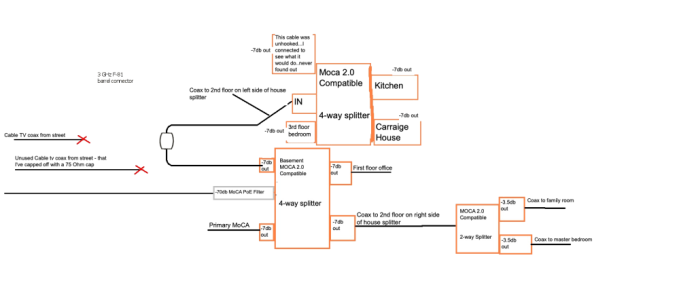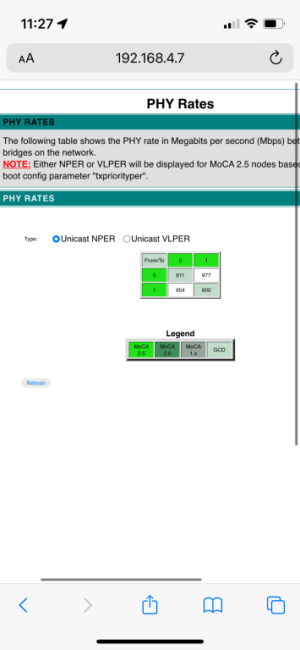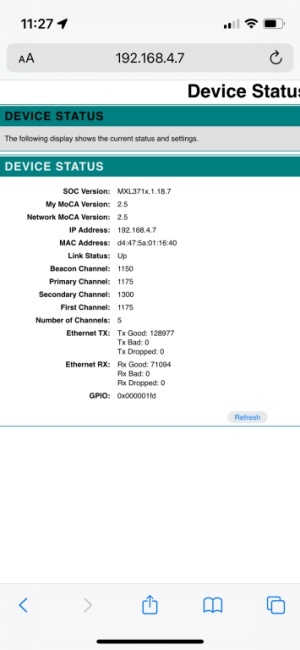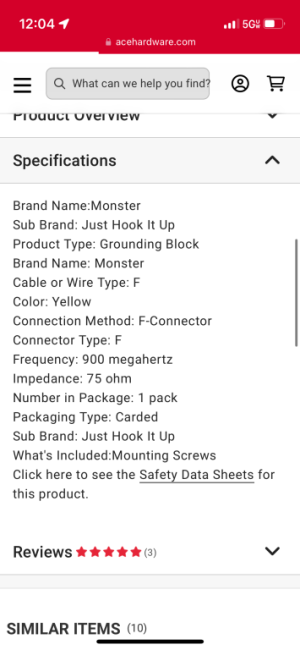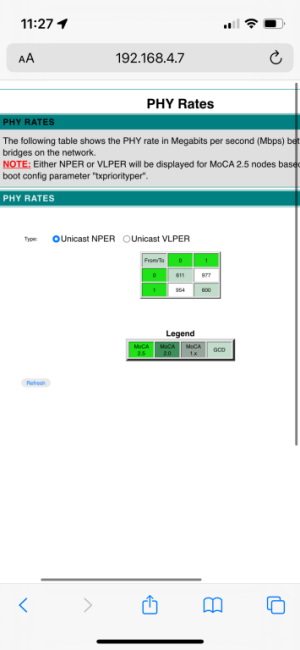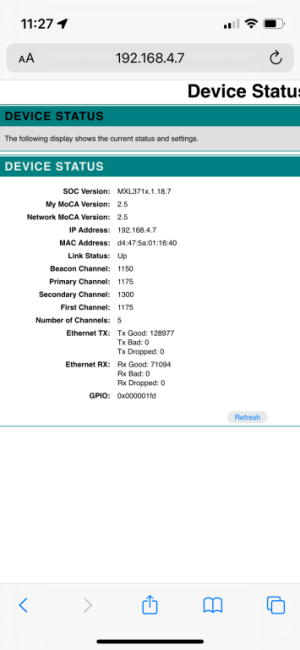rpmartinez1987
Regular Contributor
The basement street line does not pass by the entry point… it goes out a window and along the side of the house so it probably is the same line as the one I have disconnected at the entry point that I thought was coming from the street. I will check soon and find out.Still wondering about the 2nd "street" line(s)... Any chance these two cables are opposite ends of the same cable? Or does the “Basement” street line pass through the entry point? (Seems odd that it would be a street line with a wholly separate path to the pole.)
I will try the 3ghz barrel connector asap. I already tried this but with a 1ghz barrel connector and it did not work… I have an order of 3ghz barrel connectors coming on Monday, I’ll try then.


